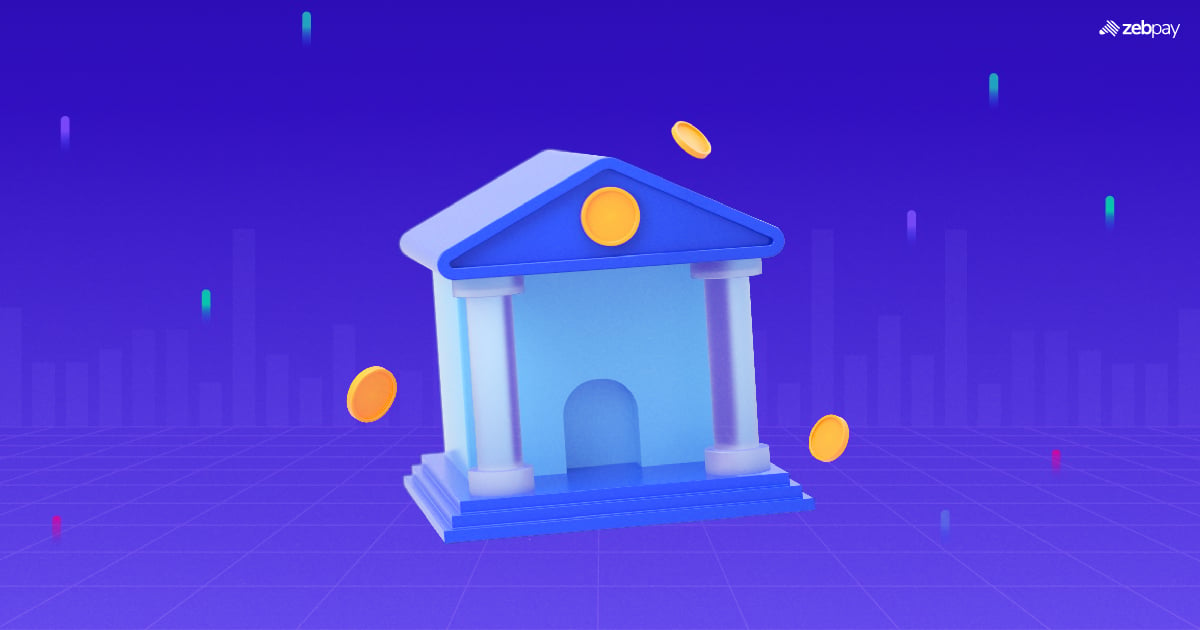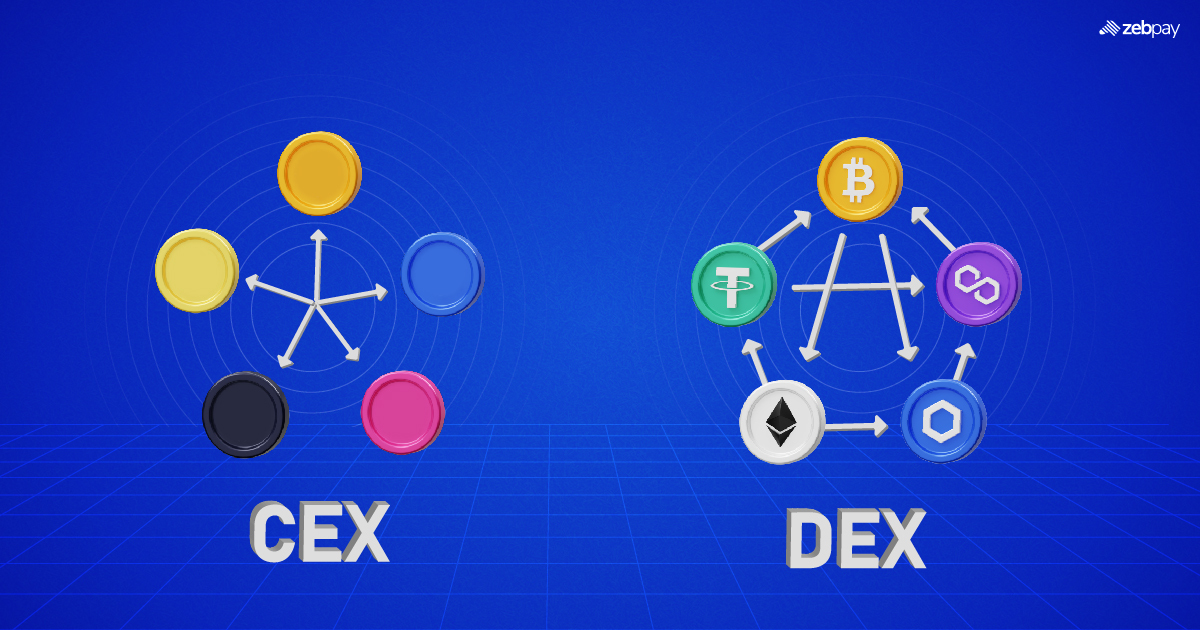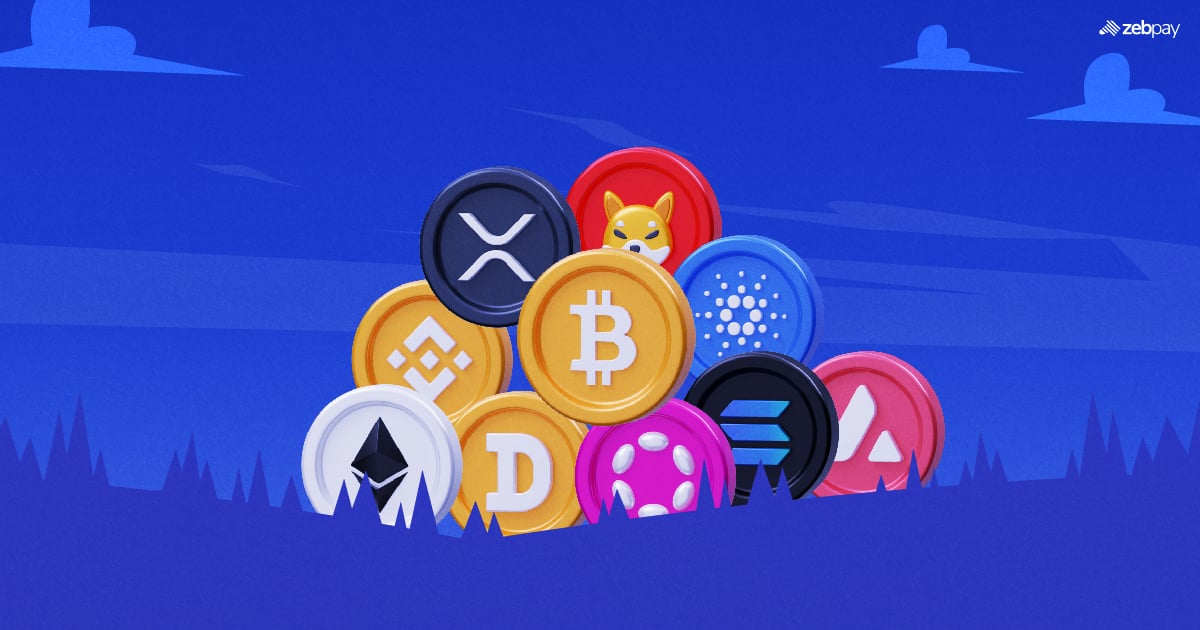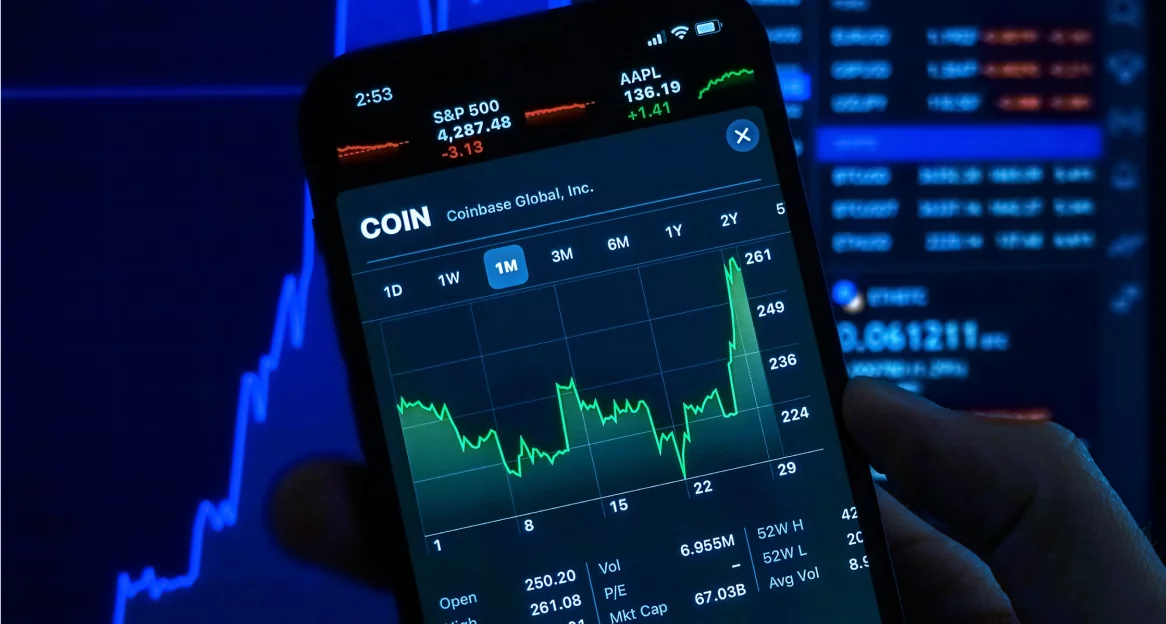Federal Reserve interest rate hikes have a notable impact on the crypto market due to their influence on investor behaviour and market dynamics. When the Federal Reserve raises interest rates, traditional investment opportunities, such as bonds and other fixed-income assets, become more attractive to investors seeking stable returns. Consequently, funds may flow away from the crypto market, leading to decreased demand and potentially causing price corrections or declines.
Moreover, higher interest rates can result in increased borrowing costs, which may discourage trading and leveraged positions within the crypto space. Traders and investors may opt for less volatile assets during periods of uncertainty, leading to reduced crypto asset demand.
It’s worth noting that the actual effect of Federal Reserve interest rate hikes on the crypto market can be influenced by various factors, including the overall economic environment, geopolitical events, and market sentiment. Market participants closely monitor central bank policies and decisions to anticipate potential ramifications in the crypto space.
Latest update on Federal Reserve’s Rate hike
The latest rate hike of a quarter percentage point from the Federal Reserve will effectively bring the Fed’s fund rate between 5.25% to 5.5% making the borrowing costs the highest in the last two decades.
With the Fed’s goal to reduce the inflation rate from the current 3% to 2%, which is an uphill task, market experts believe that a few more rate hikes can be on the cards.
But what we are currently witnessing in the crypto market is unique, as the market is not panic selling or moving away to traditional assets. While the cost of borrowing affects all areas of investing, the market most likely has factored in the possibility of interest rate hikes, given that the monetary policy was quite clear on fighting inflation since the end of 2021.
Since 2021, the Fed has hiked interest rates eleven times. In 2022, the crypto market witnessed a steep fall. By the beginning of Jan 2023, the market stabilized keeping in view that potential rate hikes were coming ahead. Added to this, the market progression for the year 2023 was conservative in the case of crypto when compared to the earlier crypto bull runs. This shows that investors are slowly building positions factoring in future events.
The silver lining here is that interest rates cannot be hiked forever. Once inflation levels are controlled and interest rates are reduced, we can potentially see increasing money flow in the crypto market which can have a significant positive impact on asset prices.
A Snapshot of how the market has performed this year
The crypto market’s total capitalization has steadily increased since the start of 2023. Both Bitcoin and Ethereum, the most dominant assets have also seen steady gains since the start of 2023. Given that this progression has factored in global macroeconomic indicators, this growth is sustainable.
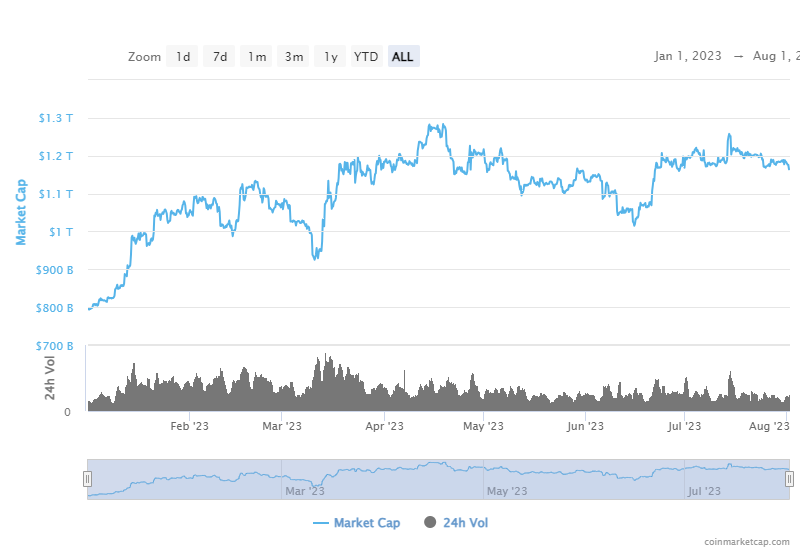
Source: Coinmarketcap. The total market capitalization has steadily increased from $800 billion since Jan 2023 to close to $1.2 Trillion
The latest rate hike announcement did not have a significant impact on the market and we can observe in the below image that the market has been consolidating.
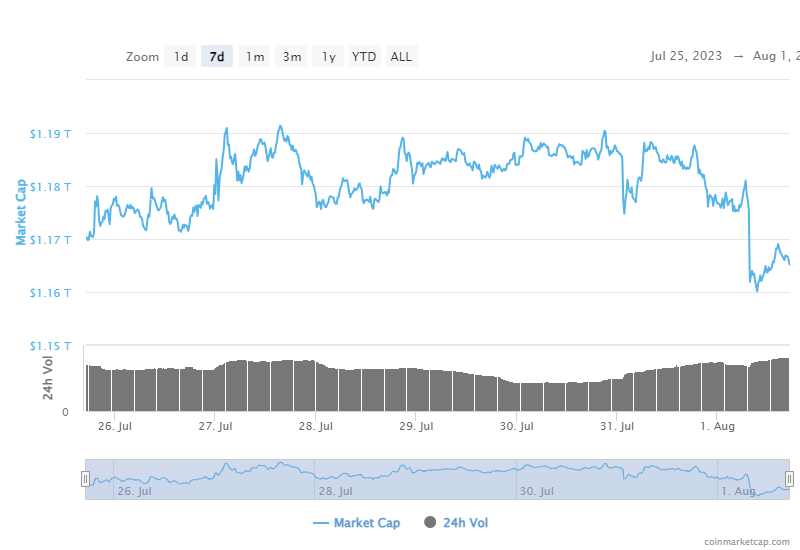
Source: Coinmarketcap. Crypto market movement from 26th July to 1st August, the period during which the rate hike was announced.
Visit ZebPay blogs to stay up to date about the latest crypto news. Join the millions of traders already using ZebPay.

